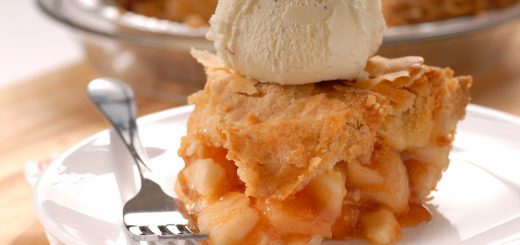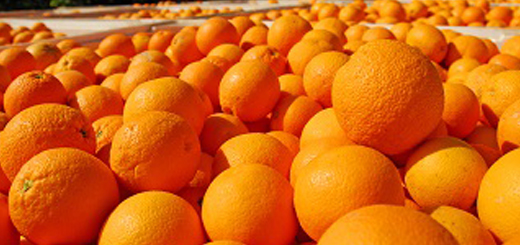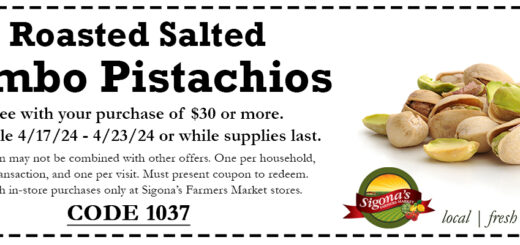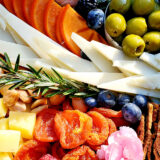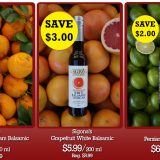In the Store with Sigona’s Featuring: Beans from Brentwood
Beans from Brentwood
It’s bean season, and this week we’re featuring cranberry beans, yellow wax beans, Romano beans, and a perennial local favorite, Blue Lake beans.
These beans come from Brentwood, just 70 miles to the northwest. As with all our fruits and vegetables that are locally-grown,* you will find these exceptionally fresh (indeed, the local produce you buy here was most likely harvested and delivered within the last 24 hours).
Pump up on protein and fortify with fiber!
Beans are a terrific source of fiber and a hearty ingredient soups, stews, and salads. They’re important in vegan dishes, as they’re also good protein. Most beans are low in calories and fat. Shelled beans contain just 100 calories per 1/2 cup serving, and provide 7 grams of protein and 20 percent of your daily fiber requirement.
Tips: Choosing and Using
The fresher they are, the sweeter and more tender-crisp they’ll be. Try putting a bean in the palm of your hand and snap one end with your thumb; if it bends to more than a 90-degree angle without snapping, it’s past its prime.
Quick cooking is all they really need. And remember that like many foods, beans will continue cooking when taken off the heat source. An ice bath works great to arrest the cooking process. Simply reheat in a skillet when you’re ready to serve.
Four Beans: a Primer
Blue Lake beans may be the quintessential canning bean, but when fresh, are incredibly tender, sweet and flavorful. The whole bean, pod and all, is edible, though you’ll want to snap off the stem end before cooking. Try them sautéed with a little onion and bell pepper. Rachael Ray makes a flavorful and easy-to-make Chicken Salad Piccata made with fresh beans.
Yellow Wax beans look just like a Blue Lake bean, only yellow. The waxy-textured pod surrounding the small beans inside is edible. With a more subtle flavor, they’re typically used to complement other beans, bringing added color and contrast to dishes such as four-bean salad.
Italian beans are fat, flat, and all edible. Carmelo is a firm believer in simply blanching most veggies before they’re used in dishes, but not these – you’ll want to cook them longer to bring out their creamy, velvety texture. Try our recipe for Sautéed Italian Beans with Creamer Potatoes and Pearl Onions.
Cranberry beans add hearty texture and a rich, nutty flavor to a ragout, pasta dish, or soup, such as this Summertime Minestrone with Cranberry Beans. Like lima beans, fava beans and pinto beans, cranberry beans must be removed from their shells before they’re used. You can find them dried, too, but we recommend opting for fresh when they’re in season. Like right now.
*Like the term ‘natural,’ there’s no legal or industry standard defining what constitutes locally-grown. So ‘local’ can mean regional, statewide or even up to a day’s drive away – which means that crops from as far away as northern Baja (think watermelon, lettuce) could be labeled ‘local!’
For us, local extends to around 150 miles, or 2-3 hours’ drive. We think you’d want to know.

